Fiber Optic Datalink – Digital
Today’s fiber optic communication digital datalinks use wavelength division multiplexing (WDM) to simultaneously send multiple signals of different wavelengths of laser lights over the same fiber. WDM increases the transmission data rate by overcoming the individual transceiver’s data rate limitations. These wavelengths follow the ITU standard, which specifies each channel wavelength and spacing. In operation, a WDM multiplexer combines multiple ITU laser transmitters into one output fiber. At the receiving end, a matching WDM demultiplexer separates the optical signal into different wavelength optical channels and couples it into corresponding optical receivers. Bidirectional transmission is easily achieved in a WDM communication system. An optical supervisory channel (OSC) is often included in a WDM system that uses an additional wavelength, usually outside the EDFA amplification band (at 1510 nm, 1620 nm). The OSC is normally used for remote software upgrades and is terminated at intermediate amplifier sites, where it receives local information before re-transmission. Data rate per channel means the electronic interface channel and its transmission rate. These parameters are required to convert into optical channels in a system implementation, which we provide full service.
Agiltron provides turn-key systems with configurable pluggable modules. Below is the sequence for selecting each module to build your Digital Communication Links. (1) Consider the Chassis size to house various pluggable function modules. (2) Select OUT, which houses the number of transceivers with transmission rate to meet your data rate requirement. (3) WDM MUX that matches the transceivers’ optical channel and spacing to combine multiple lasers into one multiplexed optical channel to transmit along a fiber, and DEMUX that separates the matching channels into corresponding individual receivers at the receiving end. (4) If the link is over 20Km, consider including an EDFA Amplifier to increase the signal-to-noise ratio; on the transmission side, an optical booster amplifier (OBA) to increase the signal strength, and an optical pre-amplifier (OPA) on the receiver to amplify the weak signal. (5) If the link is over 20 km, also consider including a dispersion compensation module (DCM) to increase the signal-to-noise ratio. (6) A high-reliability link can be formed by including an optical line protection (OLP) module, which automatically switches to a spare redundancy fiber when the signal is below a threshold. (7) Patch cables are needed to connect the modules. (8) Optical Add/Drop Multiplexer (OADM) allows adding or dropping a channel into the link at any point along the fiber link. (9) On-board network maintaining instruments can also be included in the same Chassis for convenience. These include Test Laser Module, Channel Monitor Module, Optical Switch Module, OTDR Module, and VOA Array Module.
-
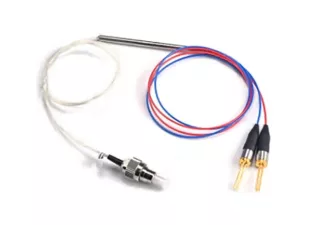 This product has multiple variants. The options may be chosen on the product page
This product has multiple variants. The options may be chosen on the product page1310/1550nm Digital Transceiver
bidirectional link over a single fiber, DFB laser & PIN detector, WDM diplexer, 1, 2, 5, 10 GHz
$366+
SKU: DLIN
$366 -
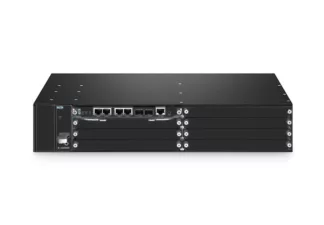
Customized Managed Chassis
4 Slots/1U, 7 Slots/2U, 15 Slots/5U, Dual Power Supplier, Ethernet/SNMP
SKU: RNMC
-

Optical Transport Unit (OUT)
8x10G SFP, 8x25G SFP, 18CWDM, 96DWDM
SKU: ROTU
-
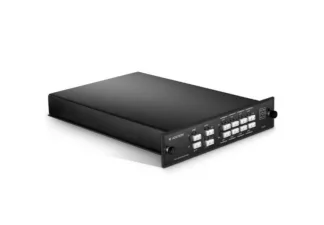
WDM MUX/D EMUX
8x10G SFP, 8x25G SFP, 18CWDM, 96DWDM
SKU: RAWG
-
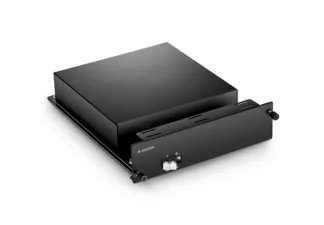 This product has multiple variants. The options may be chosen on the product page
This product has multiple variants. The options may be chosen on the product pageDispersion Compensation Module (DCM)
Matches Fiber Length
$521+
SKU: RDCM
$521 – $730 -
 This product has multiple variants. The options may be chosen on the product page
This product has multiple variants. The options may be chosen on the product pageOptical Line Protection (OLP) Module
Automatically Switch To A Spare Fiber, If Signal Reduced
$517+
SKU: OLP
$517 -
 This product has multiple variants. The options may be chosen on the product page
This product has multiple variants. The options may be chosen on the product pageFiber Optical Switch
Bidirectional, Passive, up to 1x168, 70dB on/off
$1030+
SKU: MEMS
$1,030 -

Optical Patch Cord
LC, SC, FC, MTRJ
SKU:
-

Optical Add/Drop Multiplexer (OADM)
LC, SC, FC, MTRJ
SKU:
-
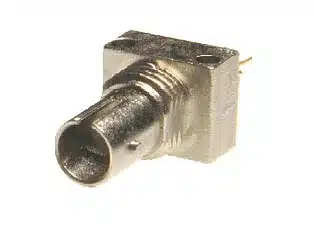 This product has multiple variants. The options may be chosen on the product page
This product has multiple variants. The options may be chosen on the product page850nm VCSEL Optic Transmitter
multimode fiber coupling
$413+
SKU: VCET
$413 -

850nm Multimode Fiber Receiver
SKU: FORC
-
 This product has multiple variants. The options may be chosen on the product page
This product has multiple variants. The options may be chosen on the product pageEDFA Amplifiers (OPA, OBA) 1528-1565nm
up to 96 channels c-band, preamplifier, boost amplifier, flat gain
$1348+
SKU: RMEA
$1,348 – $1,453 -
 This product has multiple variants. The options may be chosen on the product page
This product has multiple variants. The options may be chosen on the product pageEDFA Bidirectional Amplifier Network 1528-1565nm
22-32dB gain, 24dBm otput, built-in OSC, OPM, VOA
$7263+
SKU: RMEA
$7,263
